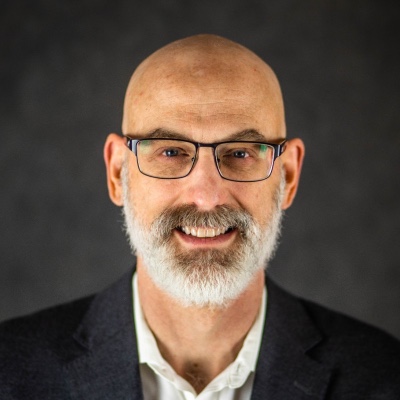I’m not shy about my cynicism of the voluntary carbon offset market and some of the related technology/solutions, and I do take heat for that. Although the VCM has its place in carbon management, offsetting was supposed to be the last resort and only for hard-to-abate emissions. Contrary to that original purpose, it has become the easiest and cheapest “solution,” almost creating a moral hazard. Moral hazard is when a company takes reckless, inappropriate or even illegal business risks because they expect someone else – an insurer or contract counter-party – will pay the price instead of the company. This is why companies can’t buy insurance for environmental compliance fines and penalties as one example.
Yet one project stands out against my pessimism. Earlier this month, Reuters published an update to a project I first wrote about in the 2022 revision to Killing Sustainability involving “transition credits.” Reuters explains transition credits:
“a form of carbon finance used to compensate the operators of CFPPs [coal fired power plants] for shutting their plants before the end of their operational life.
‘CFPPs cost a lot of money to build and their financing is based on investors being paid back over a period of 30, 40, maybe 50 years,’ says Charlie Pool, head of carbon insurance at Howden. ‘If you shut plants early, investors can’t recover that huge upfront cost. Transition credits are designed to bridge the gap and compensate investors for lost earnings.’
The credits will help to bring forward the closure of a plant in Batangas province to 2030, 10 years before its power purchase agreement expires, and replace it with clean power and battery storage… The early closure could avoid up to 19 million tonnes of CO2… Buyers of credits from the Batangas project, for example, can use them (along with other carbon credits) to offset 5% of their taxable emissions under Singapore’s carbon tax scheme.”
The article continues:
“There is still a lot of work to do in developing methodologies for the transition credits market, with two divergent approaches being taken. Gold Standard and Verra are looking to quantify emissions reductions from single plants, while Winrock International, which is developing the credit methodology for the accelerator, is taking a jurisdictional approach of working at a country level, according to [Anshari Rahman, director of policy and analytics at GenZero].”
This project is compelling for multiple reasons but primarily:
- actual physical emissions are avoided, easily calculated with demonstrated with undeniable empirical evidence,
- additionality is easy to demonstrate (unless the plant was already scheduled to be shut down anyway),
- the pricing of those avoided emissions can be linked to decommissioning of a definitive physical asset, and
- revenue from offset sales creates an incentive by compensating Batangas investors for lost earnings resulting from early shut down and pays for replacing power lost from the shut down.
These won’t be the cheapest offsets for sure, but in my opinion they check the quality and business case boxes. I’d like to see more innovation like this in the VCM and less reliance on nature-based projects. I sense more heat coming my way for that…
Our members can learn more about carbon offsets here.
If you aren’t already subscribed to our complimentary ESG blog, sign up here for daily updates delivered right to you.










